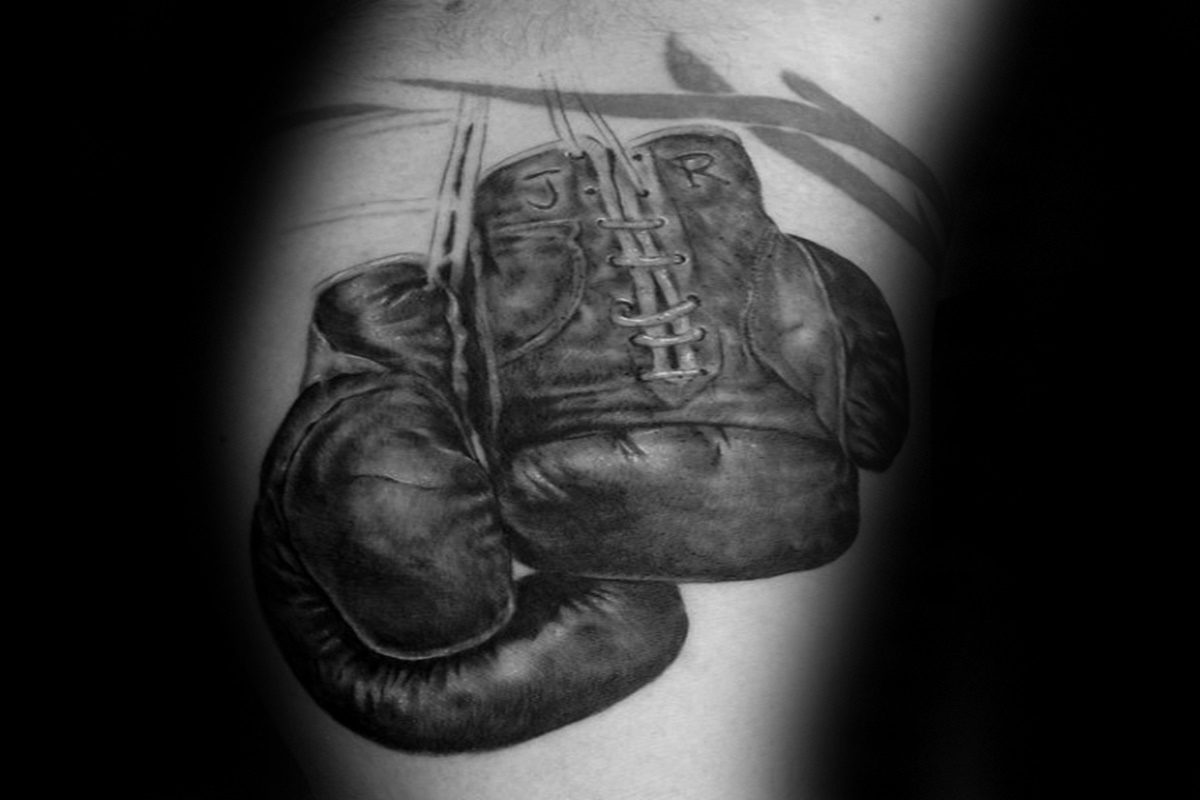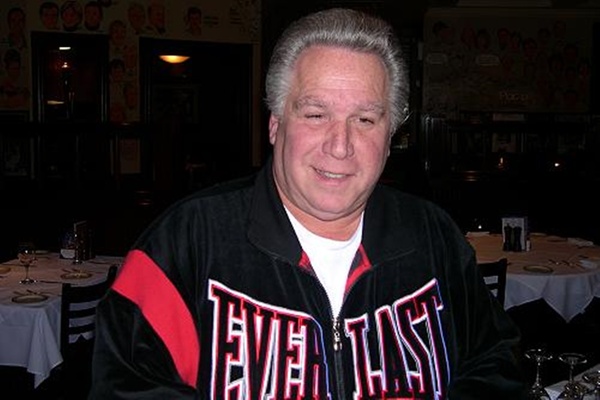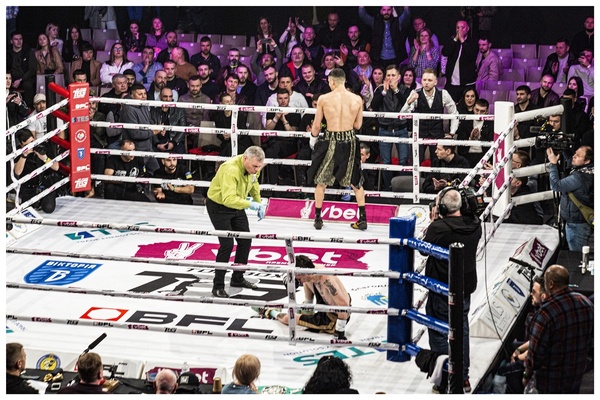'Australian' Jim Kelly: New Jersey's adopted bareknuckle boxer son
The Jersey Shore was once home to one of the best and last bareknuckle boxers to compete in the 19th century.

The Jersey Shore was once home to one of the best and last bareknuckle boxers to compete in the 19th century.
“Australian” Jim Kelly called Matawan, New Jersey home for over 40 years. Before moving to New Jersey, Kelly fought a bulk of his fights in the years before the Marquis of Queensberry’s rules were put into effect in 1872.
This “code of generally accepted rules for the sport of boxing,” set forth 12 rules or guidelines regarding how a boxing match must be conducted, a number of which still exist in modern times.
Examples of rules included the prohibition of wrestling or hugging, seconds or corner men were not allowed in the ring during rounds and new gloves of the best quality must be worn during the match. Furthermore, these rules called for a boxing round to last three minutes in duration.
James Kelly was born on 1831 in Donegal, Ireland. Little is known about Kelly’s early life, other than he worked as an Irish sailor prior to his notoriety as a bareknuckle boxer. Kelly began his career as a fighter in England around the age of 16, there, he fought six bouts. He had four wins, a draw and one fight that was stopped by the police. His bareknuckle fighting career took him to the United States and Australia. Kelly was trained by Bob McLaren, a trainer and boxing-gym owner, who served as a trainer for top fighters in both England and the United States.
In 1855, he traveled to Australia onboard a ship owned by family members in England, that he had gone to live with after leaving Ireland. On December 3rd, Kelly fought Jonathan “Jack” Smith at Fiery Creek, Victoria, Australia. At the time of this fight, Kelly was 24-years-old, while his opponent was 34-years-old. Smith was a British soldier, who had come to Australia with the 96th Regiment of Foot in 1849.
Despite the heavy rain that day, the outdoor bareknuckle boxing match was extremely popular amongst locals. An account of the day compared “the rush to Fiery Creek for the fight as the greatest since the gold rush at Daylesford.” The roads around Fiery Creek were packed with horse-drawn vehicles, men on horseback and people afoot. “Notice was also taken of the unusual fact there were women in the crowd.” During the 19th century, it was fairly uncommon for women to attend boxing matches.
The fight began at 10:30 in the morning, after Kelly’s trainer, McLaren, won the coin toss for choice of corners. McLaren wisely selected the corner that placed Kelly with his back to the sun. The fighters spent a great deal of time circling and sparring with one another. A number of big shots were landed between periods of limited action. Rowdy spectators, who indulged on stout and sandwiches, yelled out bets as the odds on the outcome changed over the course of the contest. As the fight approached the six-hour mark, the crowd now exhausted and agitated, started yelling at the fighters. McLaren scolded the crowd: “Those who hissed had better take the place of the two men.” Around this time, Smith began to approach the point of exhaustion. Kelly motioned for the drained fighter to come on and fight him. It was reported that he also asked Smith, “Are you going to fight?”
The bout finally ended at 4:45 in the afternoon, lasting a total of six hours and fifteen minutes. The marathon fight ended when Kelly landed a hard shot to Smith’s neck, after the latter missed with a left hand. Smith then gave in and shook Kelly’s hand. After the handshake, both bloody and swollen fighters fell to the grass exhausted from participating in the longest fight on record.
Some sources report that the fight went 101 rounds, however, it is hard to verify how long each round lasted. The generally accepted “London Prize Ring” rules were in effect at the time of this contest. These rules humanized boxing by outlawing eye-gouging, biting, butting, hitting and kicking an opponent while they were on the ground. The London rules also set that a round ended whenever there was a knockdown. The knocked down fighter then had 30 seconds to toe the line again. Wrestling was still allowed in these contests, and often fighters would tumble to the ground, thus ending the round.
A few months before his match with Smith, Kelly had defeated another bareknuckle boxer, who went by the name “Hammy,” in one round. This bout was said to be the shortest on record at the time. However, it is difficult to determine how long the round and contest went.
The sport of bareknuckle boxing brought Kelly to New York City, where he fought several more times. Following his bareknuckle boxing career, Kelly went into business manufacturing scales and scissors. Kelly, who “was considered very well to do,” later moved to rural New Jersey where he became a successful farmer. He owned large tracts of farmland in both Matawan and nearby Colts Neck. Around this time, Kelly also went into the tanning business. He and his partner William Casler worked in the firm Casler & Kelly, a successful Matawan business that had a stock of hundreds of cords of tanning bark and supplied tanners across the country.
While living and working in Matawan, Kelly was described as “a quiet, unassuming man,” who was never “quarrelsome or engaged in a brawl.” Kelly’s obituary in the Matawan Journal newspaper made note of his frequent trips to local hotels, where alcohol was served. Prior to his death, Kelly faced personal and business adversity that led to the loss of all but a small piece of his property. The property that remained in the family was managed by his youngest son.
Kelly had been ill for several months leading up to his death, and he died in Matawan at the home of his son, Thomas, on June 27, 1914 at the age of 92. His death was accredited to dropsy, or edema swelling that is often associated with disease of the kidneys or heart. His funeral mass was held at St. Joseph’s Roman Catholic Parish in Keyport. He was survived by two sons, Edward and Thomas, and two daughters Margaret and Mamie.
It appears that “Australian” Jim Kelly was not the only member of the Kelly clan to become wealthy in his lifetime. A November 3, 1921 edition of The Age, a Melbourne, Australia newspaper, ran the following ad:
An Inquiry from America
William A. Miller, of Old Bridge, New Jersey, U.S.A., has written to the police for information as to the whereabouts of the relatives of James Kelly, deceased, who is stated to have left an estate worth 10,000,000 dol. He is supposed to have been an uncle of “Australian Jim Kelly, who won a prize fight in Melbourne for the championship of the world” many years ago.
It is unclear as to whether or not Miller was able to track down any descendants of James Kelly in Australia.
Descendants of “Australian” Jim Kelly continued to live on portions of his Matawan farmland into the late 1980s.
Matthew H. Ward is the co-author of the upcoming book Boxing in Atlantic City with John DiSanto. This Arcadia Publishing book will chronicle the history of boxing in AC, and is scheduled to be released in early 2022. You can check out more of Ward’s work at www.theweighinpodcast.com.
SecondsOut Weekly Newsletter
Permission Statement
If you accept, we will process your data to fulfil this purpose.



